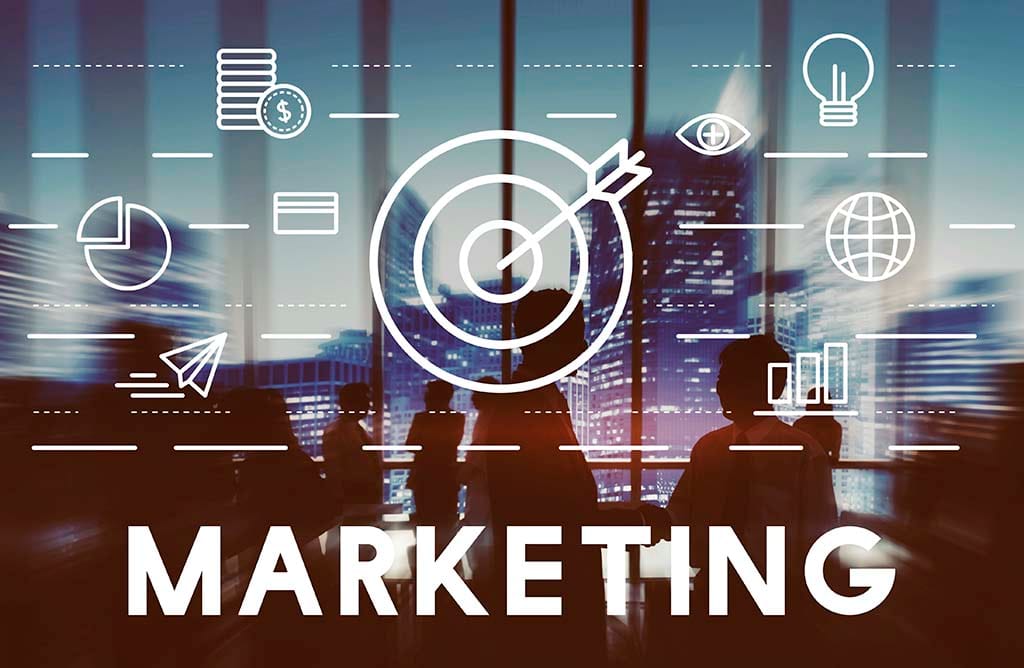Let these UX design examples inspire your website’s layout, functionality, and style for better engagement.
In today’s digital world, providing a seamless user experience (UX) is key to keeping visitors engaged with your website. A well-designed UX can make the difference between a bounce and a conversion. Whether you’re designing a website from scratch or looking to improve an existing one, these 5 UX design examples can inspire you to elevate your site’s layout, functionality, and style.
1. Minimalist UX Design Examples for Clean Navigation
One of the best ways to simplify the user journey is through a minimalist layout. By reducing clutter, visitors can focus on the core elements of the site. Websites like Apple and Dropbox excel in this design, using white space and simple menus to guide the user seamlessly.
2. UX Design Examples: Engaging Microinteractions for Better User Feedback
Microinteractions, such as hover effects, animated buttons, and visual feedback, create a dynamic and interactive experience. Websites like Medium and Slack use subtle animations that provide feedback when users interact with the site, enhancing engagement and making navigation more intuitive.
3. Mobile-First UX Design Examples for Seamless Responsiveness
With the majority of users browsing websites on mobile devices, designing with mobile users in mind is crucial. Brands like Airbnb and Spotify have mastered mobile-first design, ensuring their websites are fully optimized for smaller screens without sacrificing functionality or design.
4. UX Design Examples for Intuitive Onboarding Experiences
A smooth onboarding process helps users quickly understand how to navigate and use a website or app. Websites like Asana and Duolingo are renowned for their onboarding flows, which provide helpful hints and tips as users explore the platform.
5. UX Design Examples Using Dark Mode for Enhanced Accessibility
Offering users the option to switch to dark mode is becoming increasingly popular. This feature not only reduces eye strain but also gives users a personalized experience. Twitter and Reddit have incorporated dark mode options that are easy to toggle on and off, providing flexibility for the user.
Conclusion
Great UX design isn’t just about aesthetics; it’s about enhancing usability, increasing engagement, and making your website more intuitive for visitors. By drawing inspiration from these 5 UX design examples, you can implement features that improve your site’s overall functionality and appeal. Whether it’s through minimalist layouts, engaging microinteractions, or mobile-first designs, these examples highlight the impact that good UX can have on user satisfaction and retention.
Contact us for UX design at ReachUs or email us at support@reachus.global.

